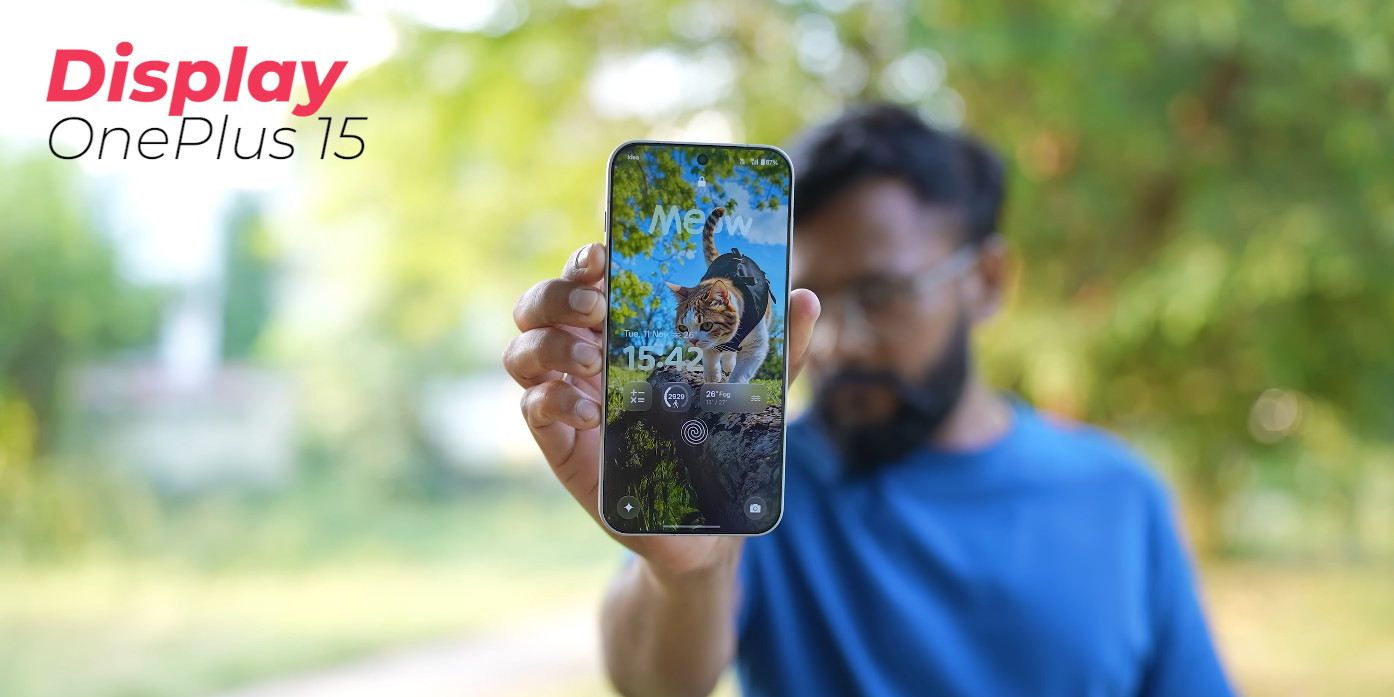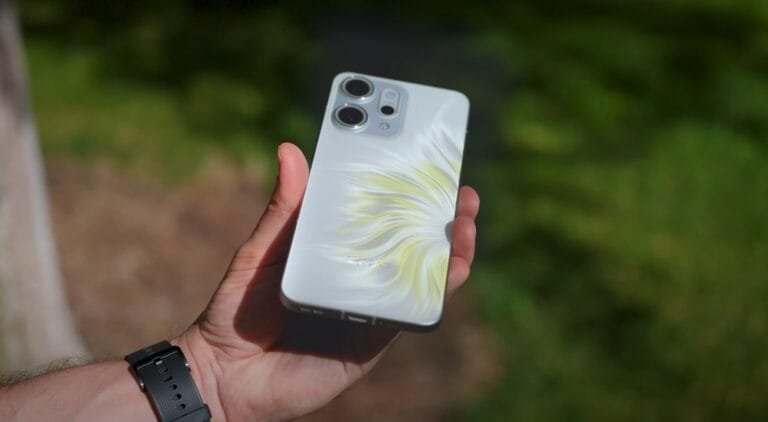OnePlus 15 vs Nothing Phone 3 — minimalistic design vs flagship power

A Direct Comparison of Style, Simplicity and High-End Performance
The OnePlus 15 and the Nothing Phone 3 take two very different approaches to what a modern flagship should be. One focuses on delivering the strongest hardware package of the year, while the other leans into a clean, distinctive design language that has become its signature. After their recent launches, both have attracted attention for completely different reasons.
The OnePlus 15 stands out as a performance-first device, bringing a next-generation chipset and upgraded internals that target users who demand high-end speed. In contrast, the Nothing Phone 3 continues the brand’s minimalistic approach, offering a transparent aesthetic and subtle Glyph interface that appeals to those who value style and simplicity. This difference is at the core of how buyers choose between them.
In terms of hardware power, the OnePlus 15 leads clearly with its top-tier processing platform designed for heavy gaming, AI tasks and long-term performance. It maintains higher benchmark output and handles demanding workloads more comfortably. The Nothing Phone 3, meanwhile, uses an efficient upper-mid flagship chipset that performs well for everyday use but does not aim to match the maximum output of the OnePlus.

Design philosophy is where the Nothing Phone 3 truly shines. Its clean lines, transparent back and refined lighting cues continue to draw attention. The device feels unique in a market crowded with similar-looking slabs. The OnePlus 15 offers premium materials and a more traditional flagship style, but its design focus remains secondary to performance and battery strength.
Display quality on both devices is strong, though the OnePlus 15 pushes higher refresh rates and improved peak brightness for smoother visuals. The Nothing Phone 3 delivers a crisp and colour-balanced screen with a simpler, more understated presentation. For users who prefer a cleaner layout without flashy curves, the Nothing approach can be more appealing.
Battery and charging performance show another difference in priority. The OnePlus 15 delivers larger capacity and much faster charging, aimed at users who consume heavy multimedia and spend long hours gaming. The Nothing Phone 3 maintains solid endurance for typical daily use but focuses more on consistency and heat control than extreme charging speeds.
Camera performance also reflects each brand’s philosophy. The OnePlus 15 uses stronger sensors and enhanced processing to deliver better low-light images and quicker capture times. The Nothing Phone 3 emphasises balanced colour output and a natural look, avoiding overly processed results. For professional or creative shooting, the OnePlus offers more flexibility.
Software experience differs noticeably. The OnePlus 15 brings feature-rich OxygenOS with increased AI integration and deeper system customisation. Nothing OS on the Phone 3 remains lightweight, minimal and close to stock Android, offering a more focused and clutter-free experience. Users who prefer simplicity often favour the Nothing approach.
Where value is concerned, the Nothing Phone 3 offers a well-balanced package that prioritises design, user experience and a distinct identity. The OnePlus 15, on the other hand, provides the strongest all-round flagship power for those who want speed, endurance and advanced hardware features. Both serve their roles clearly without trying to overlap too much.
The choice ultimately depends on what matters more: refined minimalism or uncompromised performance. The OnePlus 15 is the stronger option for power users, while the Nothing Phone 3 is ideal for those who appreciate a unique look and streamlined software. Each device excels in its own direction, making the decision a matter of priority rather than superiority.






